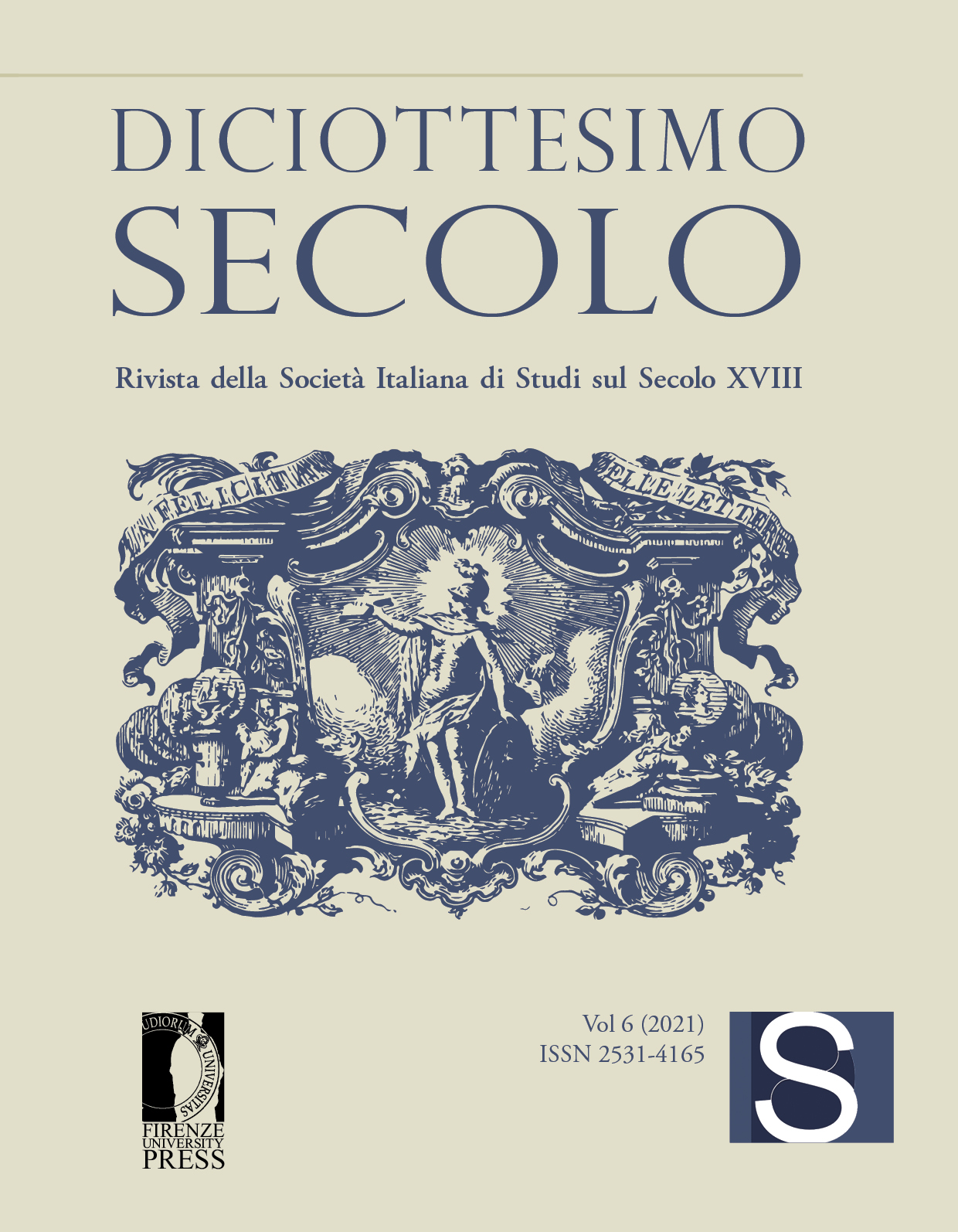Published 2021-11-09
Keywords
- Kant,
- Königsberg,
- Influenza pandemic,
- Chinese/Russian disease,
- Covid-19
How to Cite
Abstract
On 2 February 1782, according to the chronicles of the time, in the Russian city of St. Petersburg 40.000 people fell ill simultaneously, struck by a sudden, mysterious epidemic of fever. That was the beginning of one of history’s greatest and most devastating influenza pandemics, which in the space of eight months swept through Europe, infecting between 50 and 75% of the population, and causing thousands of deaths. Originating in China in autumn 1781, the pandemic spread rapidly along the trade routes linking the Celestial Empire to the Tsarist Empire through the caravan cities in south-western Siberia. Called the “Chinese disease” by the Russians and the “Russian disease” by the western Europeans, the pandemic also afflicted Königsberg, the port city on the Baltic where Kant lived. The philosopher (who perhaps caught the disease in March 1782) was one of the first to draw attention to the causes of the phenomenon, consistent with his medical interests and his academic competence in physical geography. In contrast to the ‘miasmatic’ doctrine prevailing in the medicine of the time, Kant evoked the ‘contagionist’ theory of Dr. John Fothergill, and argued that the influenza spread not due to bad air quality but through contagion caused by miniscule pathogens (progenitors of viruses, at that time unknown to science) that Russian trade with China had transmitted to Europe, and that in future would cause terrible new epidemics on a global scale. This paper aims to reconstruct – on the basis of previously overlooked documents from the 18th-19th century, and in the light of the recent scientific debate on the issue – a forgotten event that presents surprising analogies with the current Covid-19 pandemic.


